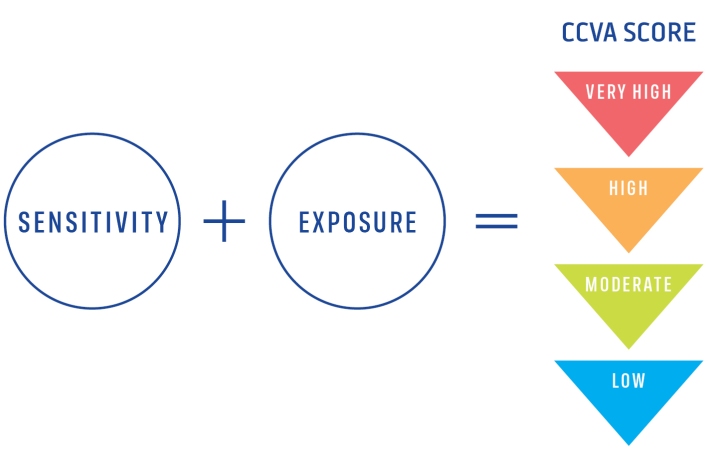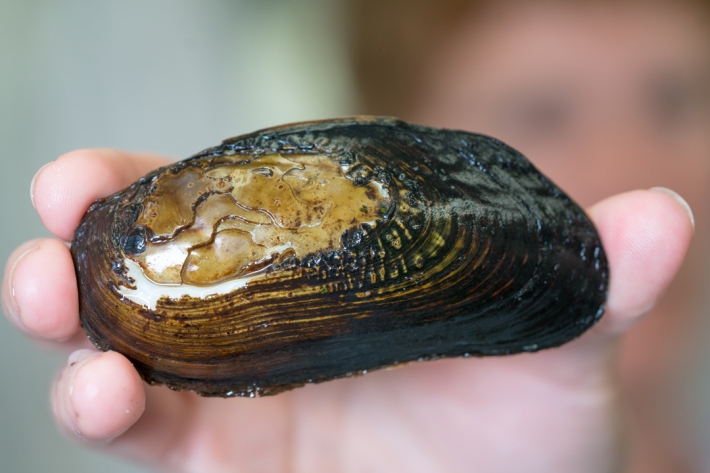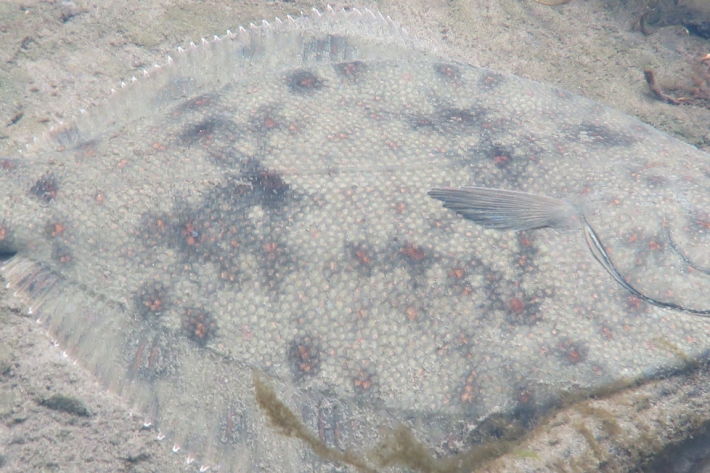-

Tuna - life cycle and leptocephalii
Freshwater eels have an unusual life cycle which sees them travelling between the ocean, estuaries and freshwaters. -

Climate Change Vulnerability Assessment (CCVA)
ServiceTo prepare for changes in climate, our freshwater and oceans decision-makers need information on species vulnerability to climate change. -

Tuna - habitat
Tuna are found in all sorts of habitats (places), including coastal estuaries, lakes, wetlands, rivers, mountain streams and even alpine tarns. -

Taonga Species Series: Kākahi
Feature story06 June 2017What does science tell us about New Zealand freshwater mussels? -

Tuna - diet
Longfin eels are the largest and longest-lived fish in New Zealand's freshwaters, and where they are present they are the top predator. -

Taonga Species Series: Pātiki
Feature story06 June 2017What does science tell us about New Zealand flounder? -

Tuna - maturation and identifying sex
The sex of tuna is not determined genetically, as in some other organisms. -

Tuna - age and methods of ageing
Knowing the age (i.e. proportion of young vs. old) of eels in an eel population provides an understanding of how fast they grow and may give an indication of the pressures faced by tuna in a particular environment or habitat. -

Tuna - tuna heke (downstream migrants)
Every year, a proportion of eels mature and migrate to sea to spawn. Once eels become migrants (also known as tuna heke or tuna whakaheke) they stop feeding, and progressively develop the external features that clearly distinguish them from 'feeders'. -

Tuna - spawning grounds
All species of freshwater tuna spawn at sea, although the spawning grounds of only four species are known with certainty worldwide. -

Kaitiaki Tools
ServiceKaitiaki Tools is a store of knowledge for people who manage natural resources. -

Tuna aquaculture - New Zealand
New Zealand's first eel farm was established in 1971. Despite other farms opening in later years, no eel farms remained by the start of the 1980s.
